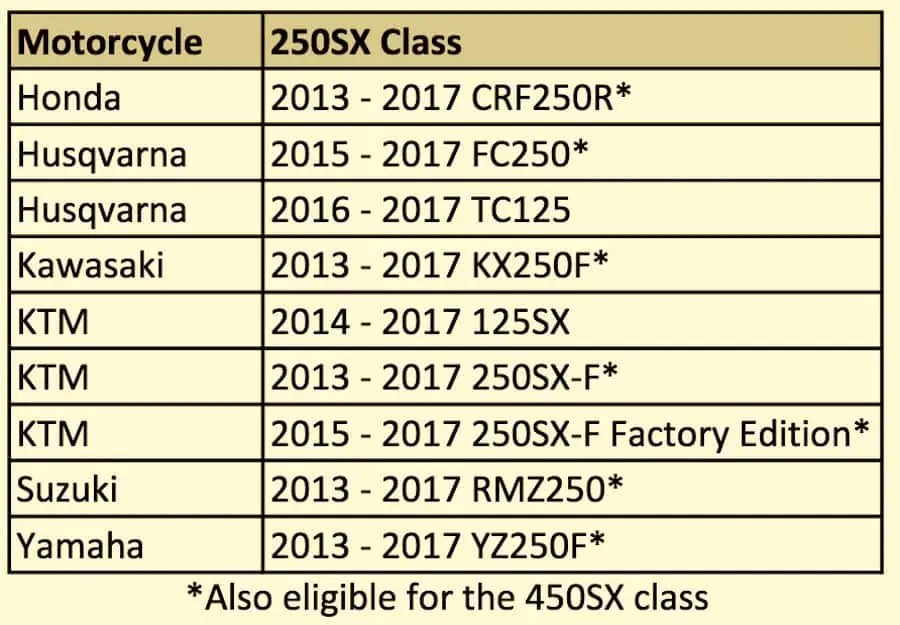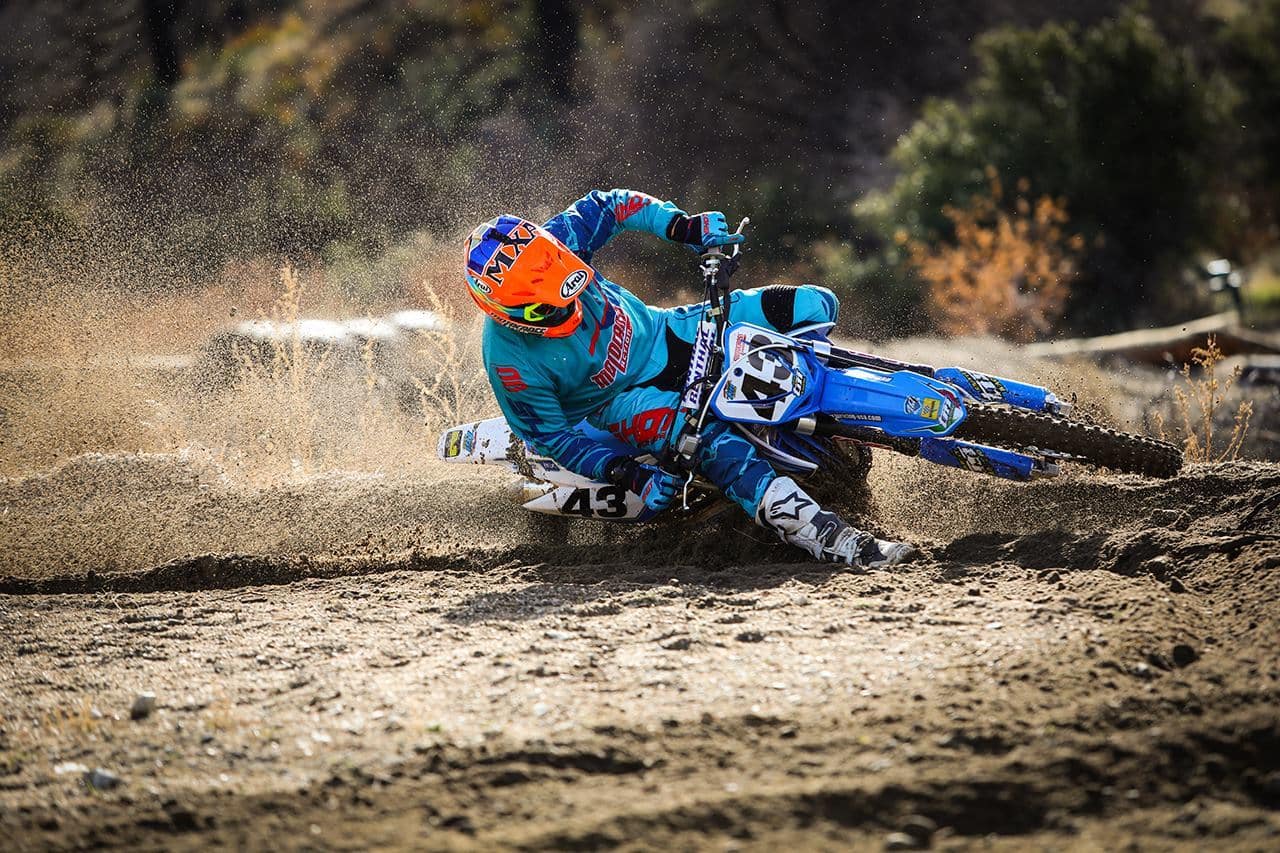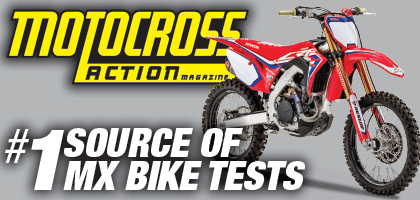ASK THE MXPERTS: WHAT’S A KTM WITHOUT THE “K”?
Click on images to enlarge
Dear MXA,
As a loyal owner of a TM 300MX, I wonder why I never see any TM motorcycles in the AMA Supercross or National series. I know they have a rider doing well in the 250 Grand Prix series. What’s the scoop?
You can’t run-what-ya-brung at an AMA Supercross or National motocross event. Only motorcycles that are homologated by the AMA may be used in competition. Homologation is just a fancy way of making sure that no rider or team shows up at the races with a special one-off machine that isn’t available in its basic form to every other rider in the race. Unfortunately for TM and other small motorcycle manufacturers, it is impossible for them to meet the current AMA homologation rules — largely because they do not meet the minimum production requirements. In order for a bike to be considered a legal production bike, at least 400 units per year must be imported and offered for sale. Additionally, the manufacturer must make those units available to the public all the way up until August 1 of the racing season that the bike was homologated for (unless the manufacturer can prove that all of the available models were sold out before that date). Additionally, 200 of the bikes must be in the showrooms by March 1 and the remaining number by June 1. TM only sells about 200 motorcycles a year in the USA (in its best years). The AMA had talked about making a small manufacturer loophole in the rules a few years ago for brands that couldn’t meet the 400 production run standard, but it got no support from the do-nothing AMA bureaucrats.
 These are the only bikes that are legal to be raced in the 250 East/West Supercross class in 2017.
These are the only bikes that are legal to be raced in the 250 East/West Supercross class in 2017.
Back in 1997, TM importer Pete Vetrano pulled off one of the cleverest homologation tricks in motocross history. In 1997, Vetrano wanted to form a TM-mounted AMA National team, led by iconic racer Gordon Ward. TM didn’t want to fill out the paperwork or pay the large AMA fee, because Pete knew that TM couldn’t meet the required production numbers. What did he do? In a show of bravado, the TM team signed up for the Glen Helen AMA National. The AMA didn’t ask for the homologation money or proof of production. Instead, the bikes passed tech with flying colors, and the bikes raced the National. Only later did the AMA discover that it had allowed non-homologated bikes to race a National. How did it happen? The AMA officials thought that the TM team was a KTM team that had misspelled KTM on its entry forms. The rider’s names were erased from the record book.
 No bike earlier than 2013 is legal to be raced in the AMA Nationals or Supercross series.
No bike earlier than 2013 is legal to be raced in the AMA Nationals or Supercross series.

To meet the current homologation rule, the following items must be supplied to AMA Racing by the manufacturer for technical identification purposes: cylinder, cylinder head (four-strokes only), crank case, frame, swingarm, factory service manual, factory parts list, factory sales brochures and frame drawing showing the steering head angle and swingarm pivot location. All of the parts and information must be delivered to the AMA offices no later than 30 days prior to the first event that the new model will compete in (15 days for early model homologation). If the parts and information have not been delivered to the AMA by the first event that the new model will compete in, the motorcycle used in competition may be impounded until the parts and information are available.
On a side note, in the 250 East/West series, the suspension must be approved by the AMA and the fork legs (less triple clamps) must not cost more than $5175. The shock must not cost more than $2000. Only a manufacturer can submit a machine for homologation—not a team or rider. There is a $3000 fee to get a bike on the approved list. Also, no motorcycle over five years old may be raced.
Also, there is one very weird rule that should be dropped. All of the 250 four-strokes are eligible to race in the 450 Supercross class. This rule blurs the distinction between the two classes and leads to very dangerous mismatches over jumps that could injure riders. The 250 and 450 classes should be exclusive to machines designed for their displacement rules—which is why the have displacement rules in he first place. Why are 250cc bikes allowed in the 450 class? Because the Supercross promoters are afraid that not enough riders will show up to fill the 450 class—so they are hedging their bets by allowing 250 riders to move up. Fredrik Noren qualified for the San Diego Supercross 450 main event on his Honda CRF250.







Comments are closed.